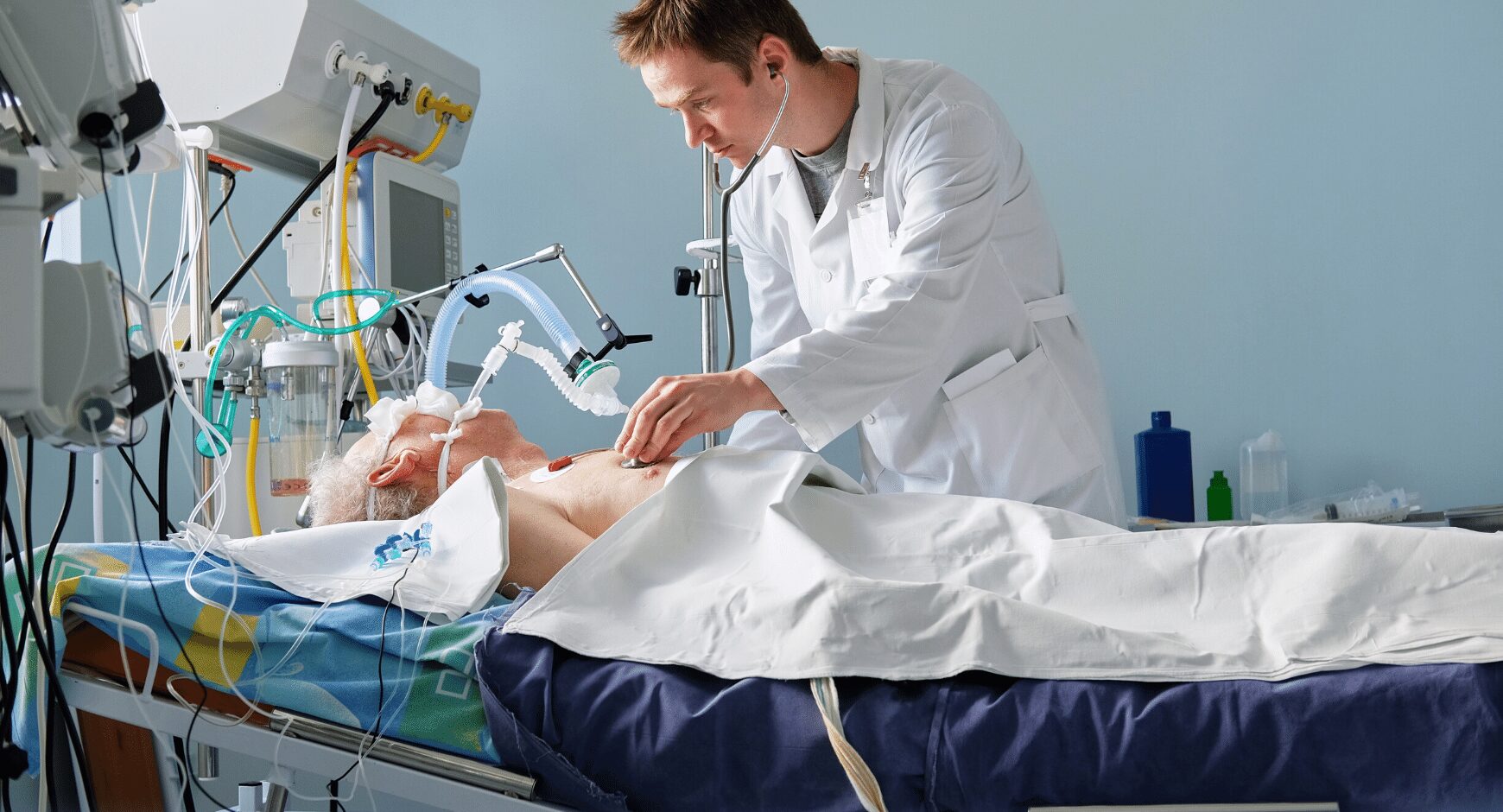
When we think about life-saving medical care, most of us immediately imagine the Intensive Care Unit (ICU). However, the reality of critical care extends far beyond the walls of the ICU. Critical care is an advanced branch of medicine that ensures patients with severe, life-threatening conditions receive immediate, round-the-clock, and specialized support. From accidents and cardiac arrests to multi-organ failure and respiratory distress, critical care specialists are often the difference between life and death. Modern hospitals have transformed the way critical care is delivered, blending advanced technology, skilled professionals, and patient-centric approaches to create a system where survival rates continue to improve.
What Is Critical Care?
Critical care, also known as intensive care, is the specialized treatment provided to patients who are critically ill or at risk of life-threatening complications. It includes constant monitoring, advanced interventions, and expert medical decision-making to stabilize patients. Unlike general hospital wards, critical care units are designed with advanced equipment, higher staff-to-patient ratios, and immediate access to specialists. The focus is not just on sustaining life but on restoring health and giving patients the best possible chance for recovery.
The Scope of Critical Care Beyond the ICU
While the ICU remains the most recognized component of critical care, modern hospitals have broadened their scope to integrate critical support across departments. Emergency rooms, surgical theaters, cardiac units, and trauma centers all benefit from critical care expertise. For instance, a patient undergoing complex surgery may require immediate critical care during and after the procedure to manage vital functions. Similarly, patients with chronic illnesses such as heart disease, stroke, or severe infections often depend on critical care physicians and nurses to navigate complications that could escalate rapidly.
This expanded role highlights that critical care is not confined to one department; rather, it is a comprehensive safety net that follows patients wherever their needs may arise within the hospital.
The Role of Technology in Saving Lives
One of the defining features of modern critical care is the use of cutting-edge technology. Ventilators, dialysis machines, infusion pumps, and advanced cardiac monitoring systems are just a few of the tools that sustain life in precarious situations. Digital health records and AI-driven monitoring have enhanced the ability to detect complications early, allowing medical teams to act quickly and decisively.
Moreover, tele-critical care has emerged as an innovative approach where specialists can remotely monitor and guide patient management in real time, especially in cases where expertise is needed urgently. These advancements make critical care far more effective than ever before.
The Human Touch: Expertise and Compassion
Technology alone cannot save lives without the expertise and compassion of healthcare professionals. Critical care teams include intensivists, critical care nurses, respiratory therapists, and other specialists who work tirelessly under high-pressure conditions. Their role is not only to stabilize patients but also to provide reassurance and clarity to families navigating uncertain times. The blend of skill, empathy, and teamwork makes critical care unique in its ability to heal both physically and emotionally.
Why Modern Hospitals Rely on Critical Care Units
The increasing complexity of medical conditions in today’s world makes critical care indispensable. With lifestyle diseases, infections, and traumatic injuries on the rise, hospitals need a dedicated system that ensures immediate intervention. The Critical Care Unit in Gurugram is an example of how modern facilities are designed to offer 24/7 specialized care, advanced infrastructure, and highly trained experts. Such units serve as the backbone of hospital systems, ensuring that patients receive the best possible outcomes, even in life-threatening situations.
Critical Care as a Bridge to Recovery
While critical care is often associated with emergencies, its true value lies in being a bridge to recovery. Patients who survive critical illnesses often face long journeys of rehabilitation. The interventions provided in critical care—whether managing organ functions, supporting breathing, or preventing infections—lay the foundation for this recovery. By stabilizing patients and preventing further damage, critical care offers them the opportunity to heal and regain their quality of life.
The Role of Critical Care in Multispecialty Hospitals
A multispecialty hospital brings together expertise across departments, and critical care plays a central role in integrating this knowledge for complex cases. For example, a patient with a severe accident might require orthopedic surgery, neurological monitoring, and cardiac support. In such situations, the Best Multispecialty Hospital in Gurgaon ensures that critical care acts as a unifying force, coordinating between various specialties to provide seamless treatment. This collaboration enhances survival chances and ensures patients receive holistic care.
Conclusion
Critical care is far more than just an ICU service—it is a vital component of modern healthcare that safeguards lives across departments, emergencies, and recovery journeys. With the integration of advanced technology, expert professionals, and patient-centered approaches, hospitals today are redefining how critical care is delivered. Aman hospitals exemplify this commitment by ensuring that critically ill patients receive not just medical intervention but also hope, dignity, and a path toward recovery.


